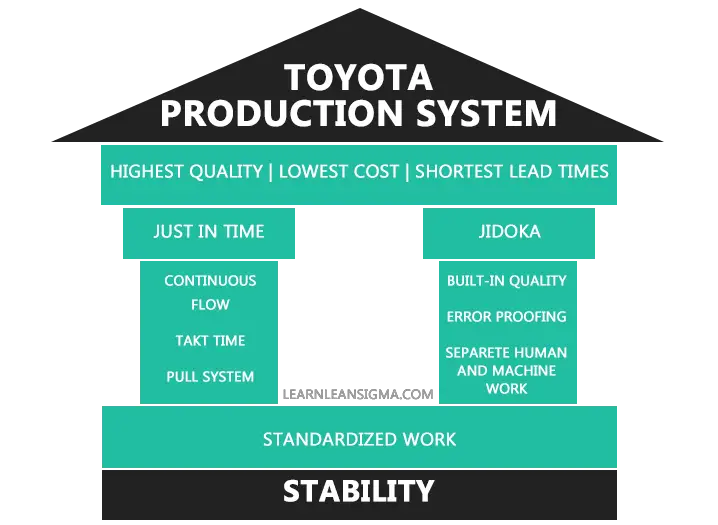The History of Lean Six Sigma
Facebook
Twitter
LinkedIn
Email



 Another influence on Lean was Henry Ford’s mass production techniques, which transformed the industry in the early twentieth century. Ford’s assembly line strategy centred on optimising the manufacturing process and increasing efficiency.
Another influence on Lean was Henry Ford’s mass production techniques, which transformed the industry in the early twentieth century. Ford’s assembly line strategy centred on optimising the manufacturing process and increasing efficiency.